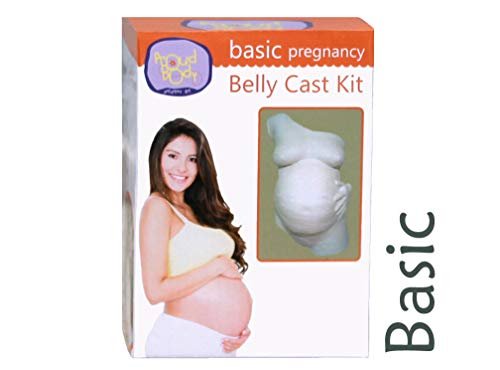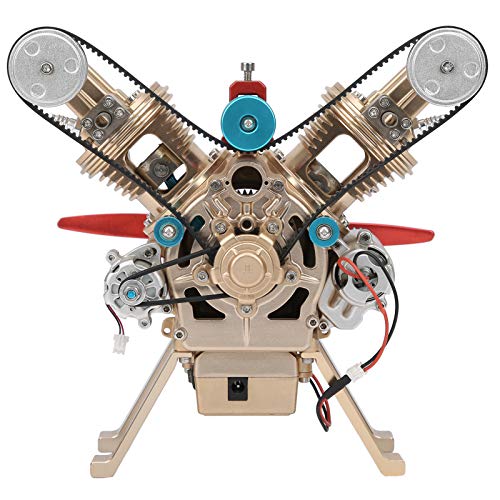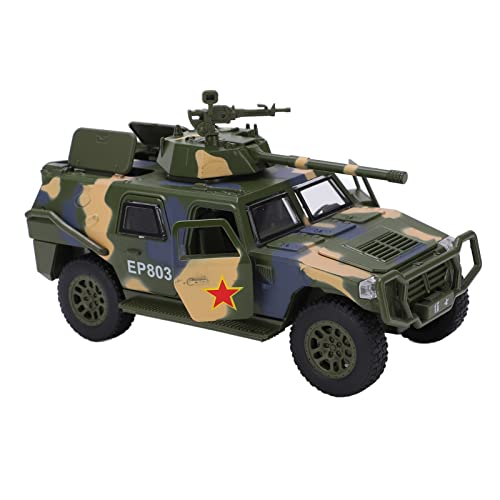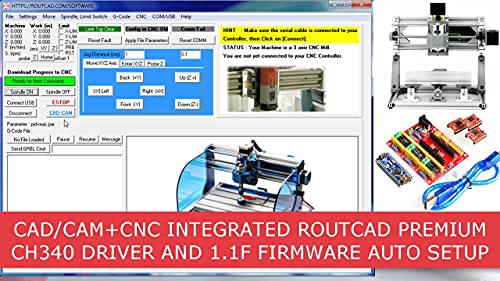- Joined
- Jun 24, 2010
- Messages
- 2,425
- Reaction score
- 959
Thanks for your detailed writeup, Terry. Even though I've bookmarked your prior builds regarding rings, I always learn another tidbit or two.
Lapping the rings isn't for cosmetics. Smooth sides are important because during combustion the bottom face of the ring must seal against the lower face of the piston groove so combustion gasses behind the ring can push and seal the ring to the cylinder wall.
- I always assumed the lapping was more related to dealing with the parting off operation, specifically more variation in thickness dimension & higher potential for edge burr. I didn't consider the seal aspect. So dumb question, now you have a nicely lapped flat ring face. So how does one ensure the quality of the mating ring groove face in typically aluminum is of similar quality? Do you have a preferred tool or treatment for that?
I use 1050F which is a compromise of what others with more metallurgical knowledge than I have recommend. Controlling this temperature in a home shop without a suitable oven can be difficult...
- maybe you mentioned elsewhere, but do you make your fixture & expansion pin from same type of CI
- what kind of oven do you use yourself & what is your recipe for minimum heat/soak duration time? I've seen some documentation specifying time per volume on Durabar grey CI equivalent post #27 https://www.homemodelenginemachinist.com/threads/piston-rings.36318/page-2#post-415318 )
- you mentioned using uncoated inserts steel/CI alloys before(which I assume are the ones engineered for aluminum type alloys) on certain. I have used them myself in steel for similar reasons. The only downside seems to be a bit more fragile (sharper nose radius) & they wear faster (lack of coating?). But my question is more why do they work? I noticed I could actually order coated/steel inserts with the same sharp nose radius as my aluminum ones. In fact it made me look at some 'for stainless' ones I bought out of curiosity which cut better than the regular ones in more typical steel. But another parameter is I think aluminum inserts have a higher rake angle. This is not always easy information to quantify (at least on my tooling back alley locations). One would think this would not be conducive to a better finish or dimensional control in a tougher material. Anyways, any thoughts on this subject as to WHY the uncoated work as they do or you prefer them?
Lapping the rings isn't for cosmetics. Smooth sides are important because during combustion the bottom face of the ring must seal against the lower face of the piston groove so combustion gasses behind the ring can push and seal the ring to the cylinder wall.
- I always assumed the lapping was more related to dealing with the parting off operation, specifically more variation in thickness dimension & higher potential for edge burr. I didn't consider the seal aspect. So dumb question, now you have a nicely lapped flat ring face. So how does one ensure the quality of the mating ring groove face in typically aluminum is of similar quality? Do you have a preferred tool or treatment for that?
I use 1050F which is a compromise of what others with more metallurgical knowledge than I have recommend. Controlling this temperature in a home shop without a suitable oven can be difficult...
- maybe you mentioned elsewhere, but do you make your fixture & expansion pin from same type of CI
- what kind of oven do you use yourself & what is your recipe for minimum heat/soak duration time? I've seen some documentation specifying time per volume on Durabar grey CI equivalent post #27 https://www.homemodelenginemachinist.com/threads/piston-rings.36318/page-2#post-415318 )
- you mentioned using uncoated inserts steel/CI alloys before(which I assume are the ones engineered for aluminum type alloys) on certain. I have used them myself in steel for similar reasons. The only downside seems to be a bit more fragile (sharper nose radius) & they wear faster (lack of coating?). But my question is more why do they work? I noticed I could actually order coated/steel inserts with the same sharp nose radius as my aluminum ones. In fact it made me look at some 'for stainless' ones I bought out of curiosity which cut better than the regular ones in more typical steel. But another parameter is I think aluminum inserts have a higher rake angle. This is not always easy information to quantify (at least on my tooling back alley locations). One would think this would not be conducive to a better finish or dimensional control in a tougher material. Anyways, any thoughts on this subject as to WHY the uncoated work as they do or you prefer them?















































































































